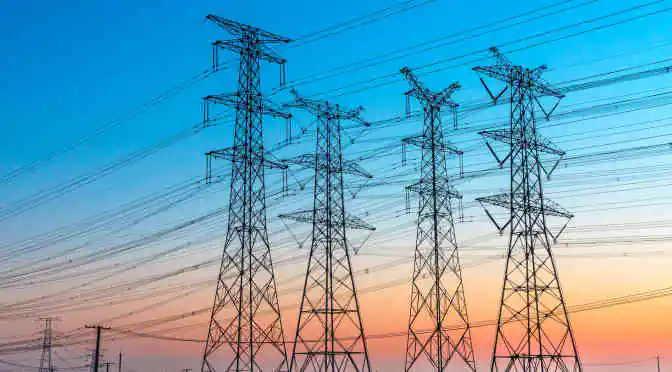Are smart grids all hype, or do they serve a real necessity – for global energy transition, for grid stability, and for the practical orientation of the energy market? For the global network of smart grids- from innovation trigger to the plateau of profitability- the usual path of innovation from inception to productivity is in its Hype Cycles.
Today, renewable energy is rapidly embracing the ‘smart grid’ technology, given the menace of utility curtailments, as more megawatts of power is included at the commercial, industrial, residential, and utility levels. Herein, smart grids offer a trailblazing way to trim down the energy consumption and carbon emissions while also creating an intelligent two-way communication network with bidirectional power flow – from utility to consumers and vice-versa.
Smart grid and renewable energy: An eco-friendly combo
When we think of smart grid, a number of its sought-after attributes comes to mind. From monitoring energy flow to connecting electrical providers with consumers, the overall objective of smart grid devices is to improve the reliability, efficiency, and sustainability of devices that exclusively rely on electricity to operate.
To cut a long story short, smart grid engineering is the key to productively use these widespread and comparatively cheaper energy resources. On the other hand, renewable energy itself is at the business end of a number of dynamic research initiatives owing to the former’s applicability and eco-friendly nature. Coupled with the ever advancing technology of smart grid systems, the future benefits of renewable energy are vast and infinitely promising.
Advanced sensors: Making the power grid technology “smart”
First wind and now solar installations, energy, alongside utility sectors are exhibiting speedy migration onto computerized Internet of Things (IoT), facilitating the movement of data from distributed generators to centralized utility substations. Additionally, this includes the usage of smart metering systems as advanced grid sensors to identify potentially unsafe grid conditions that until now have been extremely difficult to detect, practically or cost-effectively.
What makes an electrical power grid ‘smart’ is the overlay of communications and software solutions that allow formerly manual controls to be automated. While many companies have been offering a piece of this smart equation with their legacy communication systems, they now offer a broader range of solutions for smartening up not only the meters and sensing technology but also feeders from all over the distribution network.
With all connected technologies, come vulnerabilities!
As grid modernization intensifies through the implementation of smart grid distribution systems, the number of access points that could potentially compromise the functioning of the grid will also increase dramatically. Cyber-attacks on a traditional grid system requires physical access to the utility’s network, since smart grid technologies are placed outside the physical boundaries of the utility, it becomes convenient for hackers to access them.
Eventually, the overlay of computing and smart grid communication devices into the power grid is becoming increasingly sophisticated and complex, owing to which the impact on cybersecurity has become a point of paramount significance. Defending the power grid, which is constantly evolving due to the addition of control devices, is a priority task from an operational point of view.
Consequently, to protect the grid, utilities and grid operators install a complete end-to-end smart grid cybersecurity solution that is regularly updated to defend from new malicious malware.
With a number of energy and utility companies embarking on the path of automation in the sphere of power grid technology, the opportunity for smart grid service providers is undoubtedly massive. In time, the final performance loopholes will be rectified and smart grids will move away from being just an experimental novelty and become the backbone of the power accumulation and distribution networks.



